Land of the Maharajahs (1931)
Жанр : документальный
Время выполнения : 49М
Краткое содержание
This travel film takes the viewer to the northern part of Rajasthan. After a quick day tour in New Delhi and its surroundings we visit the magnificently painted havelis of Shekhawati, in Jhunjhunu, Mandawa and Fatehpur, an area that used to be one of the most prosperous parts of India. From there we visit Bikaner with its impressive fort, maybe the most beautiful in Rajasthan, and the city's Jain temples ending the tour with remarkable traditional music and dance in Kuri village right outside of Jaisalmer.

Bruce Lee expert John Little tracks down the actual locations of some of Bruce Lee's most iconic action scenes. Many of these sites remain largely unchanged nearly half a century later. At monasteries, ice factories, and on urban streets, Little explores the real life settings of Lee's legendary career. This film builds on Little's earlier film, Pursuit of the Dragon, to present a comprehensive view of Lee's work that will change the way you see the films.

Bruce Brown's The Endless Summer is one of the first and most influential surf movies of all time. The film documents American surfers Mike Hynson and Robert August as they travel the world during California’s winter (which, back in 1965 was off-season for surfing) in search of the perfect wave and ultimately, an endless summer.

A young family leaves their home on Kauai. It is time to return to the itinerant path from which all things in their uncommon lives come; beginning and ending on a remote dot in the Pacific. They nomadically trace continents to places where waves meet their edges, envoys of aloha. It is what they will learn, what they bring others, what they will pass on to their children in the hyper-expanded classroom, the lab of direct being; a legacy passed from a father to his family.
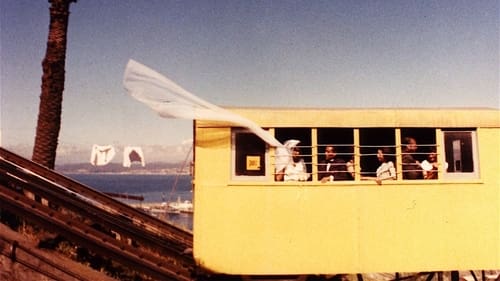
In 1962 Joris Ivens was invited to Chile for teaching and filmmaking. Together with students he made …À Valparaiso, one of his most poetic films. Contrasting the prestigious history of the seaport with the present the film sketches a portrait of the city, built on 42 hills, with its wealth and poverty, its daily life on the streets, the stairs, the rack railways and in the bars. Although the port has lost its importance, the rich past is still present in the impoverished city. The film echoes this ambiguous situation in its dialectical poetic style, interweaving the daily life reality (of 1963) with the history of the city and changing from black and white to colour, finally leaving us with hopeful perspective for the children who are playing on the stairs and hills of this beautiful town.
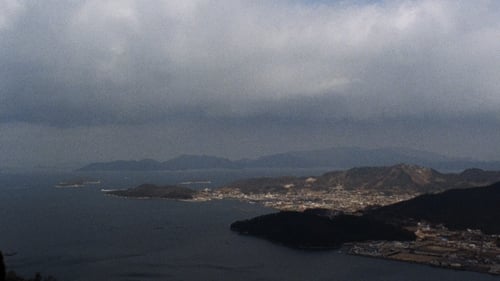
In 1971, author and film scholar Donald Richie published a poetic travelogue about his explorations of the islands of Japan’s Inland Sea, recording his search for traces of a traditional way of life as well as his own journey of self-discovery. Twenty years later, filmmaker Lucille Carra undertook a parallel trip inspired by Richie’s by-then-classic book, capturing images of hushed beauty and meeting people who still carried on the fading customs that Richie had observed. Interspersed with surprising detours—a visit to a Frank Sinatra–loving monk, a leper colony, an ersatz temple of plywood and plaster—and woven together by Richie’s narration as well as a score by celebrated composer Toru Takemitsu, The Inland Sea is an eye-opening voyage and a profound meditation on what it means to be a foreigner.
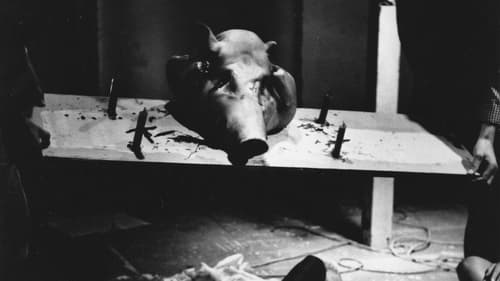
A “hidden camera” takes the viewer on a worldwide tour of sexual practices and rituals, including Tijuana strippers, Asian sex shows, British prostitutes, New York devil worshipers and a Mexican slave market.

Spalding Gray sits behind a desk throughout the entire film and recounts his exploits and chance encounters while playing a minor role in the film 'The Killing Fields'. At the same time, he gives a background to the events occurring in Cambodia at the time the film was set.

In the first of two main segments, the Electric Blue girls, along with Ricky Diamond, are in St. Tropez for more sun, surf, tits and sub-Benny Hill jokes. The second main story ("The Love Machine") is a parody of Back to the Future. Other segments include a brief profile of Brigitte Bardot, a brief look at the girls of the Australian Stubbies Surf Classic (and a wet t-shirt contest), the Electric Blue Dance Troupe and several erotic stories.
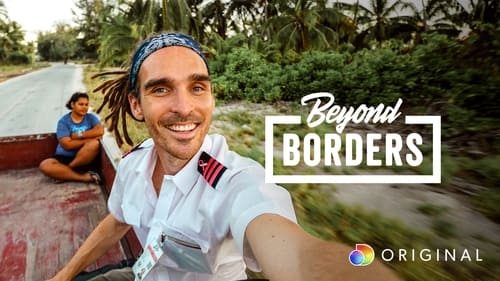
Pilot JP Schulze and filmmaker Louis Cole set off to circumnavigate the world in a single-engine, 1974 Cessna T210L airplane named Balloo. They had 90 days to complete the journey, and as they traveled they met people from many different cultures and asked them - is what divides us greater than what brings us together?

Beginning with a private, rolling party on board one of Hong Kong's iconic streetcars, travel journalist Rudy Maxa and former chef and now Washington, D.C. restaurateur Daisuke Utagawa lead viewers through on of the worlds most exciting cities. Hong Kong takes cuisine from around the world and makes it its own. Explore the cuisine as well as the mostly unknown, lush side of Hong Kong where hiking trails and beaches rule. Bangkok - In a city where the weather is always hot, it is natural that residents spend so much time eating outside. Street food rules the capital of Thailand, and no visitor should miss the opportunity to follow local custom. Utagawa and Maxa taste their way through the city while exploring the Klongs (canals) and temples that make Bangkok a visitors paradise.

This Traveltalk series short opens with views of Nevada's natural wonders, then visits a mining town and a dude ranch. It's then on to Reno.

A home movie made by Robbins and Meg Barstow that documents their family's free trip to the newly opened Disneyland. The one-week trip was a prize that they won in a contest sponsored by Scotch tape.

Cinerama takes you on a South Seas Adventure to tropical islands set like sparkling jewels in dreamy cerulean waters. Thrill to the lure of sunbrowned, luscious maidens and a paradise of coconut palms, coral strand and blue lagoons. Enchanted South Pacific archipelagos beckon with all the beauty and color of a painter’s palette. Stepping stones in the vast expanse of far-away seas, they promise romance, adventure, excitement—an irresistible blend of fascinating people and exotic places.

This Traveltalk series entry takes the viewer to a number of locations throughout the state of Florida.

This travelogue emphasizes Copenhagen's harmonious residents and tone. We see well-known landmarks and get a quick history of some of them.
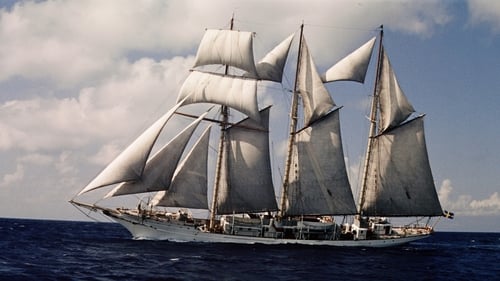
A 1962 West German documentary film directed by Hermann Leitner and Rudolf Nussgruber.

Rudy can't get enough of the sheer vitality of Tokyo. Exciting, edgy, and full of life, Tokyo is shopping madness by day and a carnival at night. Join the throngs at one of the world's most exciting street intersections to witness its blazing neon and JumboTron shows. Greet the new day at the Tsukiji fish market, where a staggering 2,000 tons of seafood pass through each day. Get caught up in cherry blossom mania, visit distant neighborhoods via the subway, and wander the streets in search of new restaurants, a Tokyo obsession!

This Traveltalk series short visits Los Angeles, California. In one of the highlights of the film, narrator James FitzPatrick visits the Disney cartoon studio and shakes hands with Walt Disney.

This Traveltalk series short brings us to Lima, Peru where we see a modern city.

This Traveltalk series short visits the village of Chichicastenango, Guatemala and emphasizes the influence of the Mayan culture on its people. It shows how the residents intermingle ancient religious practices with Catholic teachings. Narrator James FitzPatrick introduces, and greets on camera, Father Ildefonso Rossbach, a Catholic priest who ministers to the local population in the village and outlying areas.











